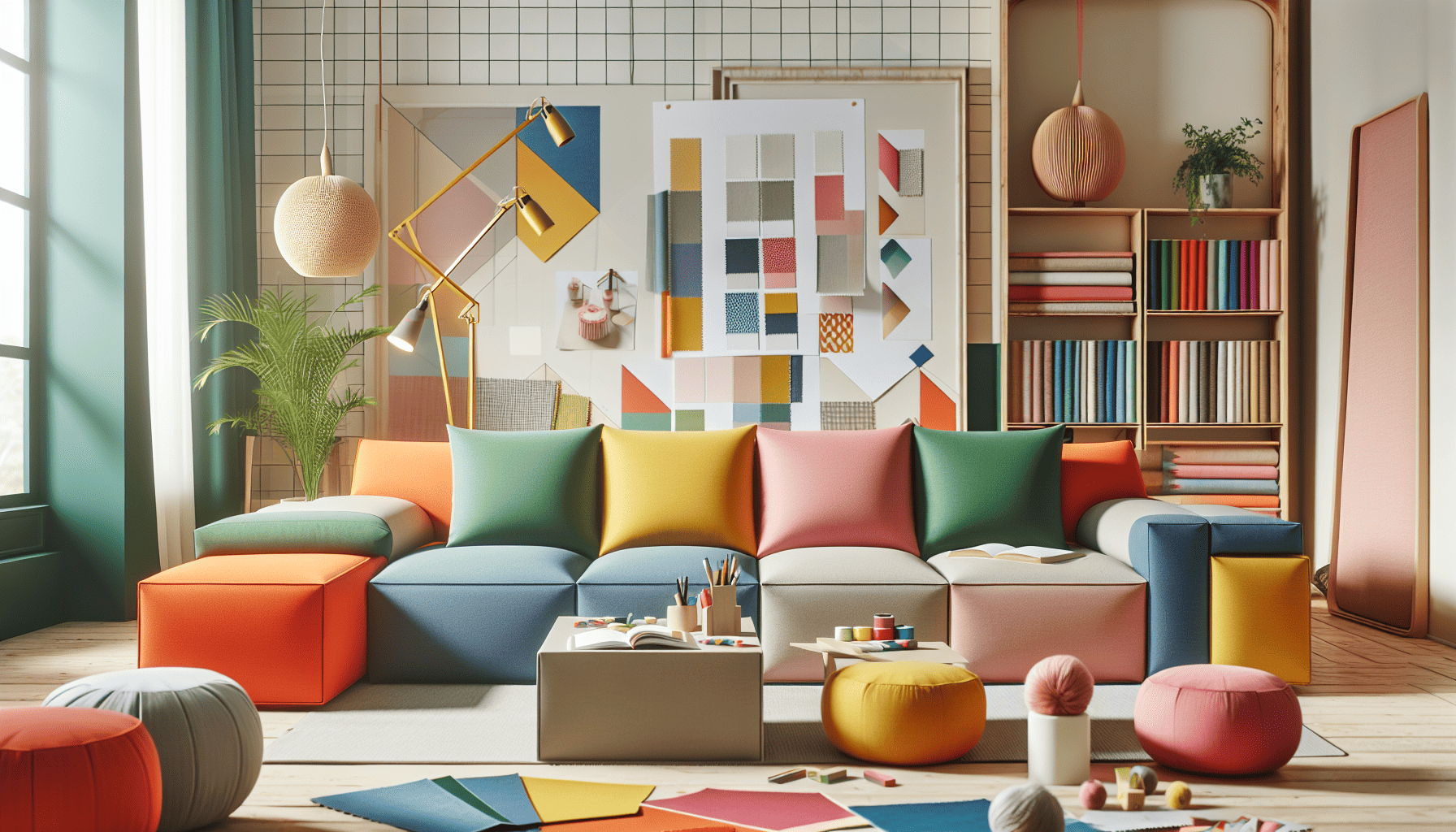In recent years, the way we perceive and purchase furniture has evolved significantly, with a growing emphasis on personalization and customization. This shift reflects the broader trend towards individuality in home decor, where spaces are seen as personal sanctuaries that echo one’s unique style and preferences. The ability to tailor furniture not only meets the functional requirements of a home but also aligns with aesthetic desires, making each piece a true reflection of its owner.
One of the key benefits of customizable furniture is the freedom it offers in design. No longer confined to the standard options available in showrooms, homeowners can now choose every aspect of their furniture – from materials and colors to shapes and sizes. This flexibility allows for seamless integration with existing decor, whether aiming for a harmonious blend or a striking contrast. For instance, a customer can select a particular type of wood or fabric that complements their living room palette or opt for metals and finishes that enhance the architectural elements of their space.
Moreover, customizable options address practical needs, allowing customers to adapt pieces to fit spatial constraints and functional requirements. Small apartments or uniquely-shaped rooms often pose challenges that off-the-shelf furniture cannot solve. However, customizing dimensions ensures that furniture fits perfectly, maximizing usability and comfort. For example, a modular sofa tailored to the precise measurements of a compact living space ensures both functionality and aesthetic appeal.
In addition, the trend toward personalization extends beyond mere dimensions and upholstery choices. It encompasses features like storage solutions, ergonomic designs, and technological integrations. For a home office, one might prioritize a desk with built-in cable management systems and adjustable height settings to promote a healthier working environment. Similarly, a family room might benefit from a media unit with adjustable shelves and hidden compartments to maintain a tidy, clutter-free appearance.
The journey of creating a customized piece also enhances the emotional connection between an individual and their home furnishing. Participating in the design process fosters a sense of ownership and pride, transforming a simple purchase into a collaborative creation. This collaboration is often facilitated through user-friendly design platforms offered by retailers, which allow customers to experiment with different configurations and visualize the final product before committing.
Economically, customizable furniture can be viewed as a long-term investment. While upfront costs may be higher compared to mass-produced alternatives, the tailored approach ensures that every piece meets specific needs and tastes, reducing the likelihood of needing replacement or upgrade. It represents an enduring style and functionality catered just for the user, making it a cost-effective choice in the long run.
In conclusion, the ability to customize furniture personalizes living spaces, marrying functionality with personal taste. As more individuals seek to express their uniqueness through home decor, customizable options present a powerful tool for achieving a harmonious and personalized environment. Whether it’s a bespoke bookcase or a tailor-made dining table, customizing furniture is about more than just choosing colors and materials; it's about creating pieces that resonate with one's lifestyle and identity, ultimately making a house feel like a home.
